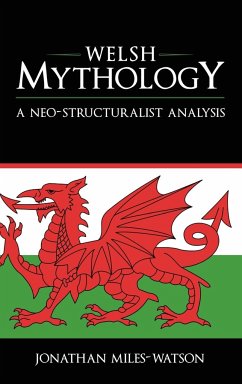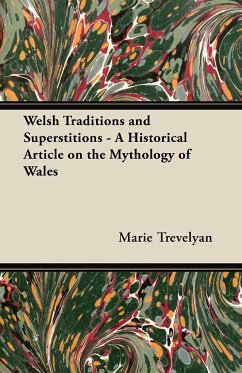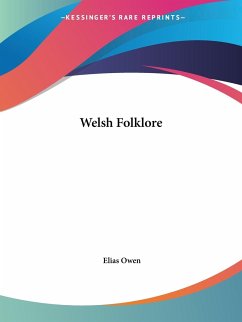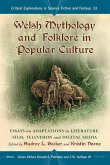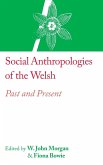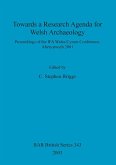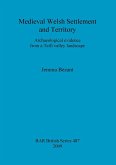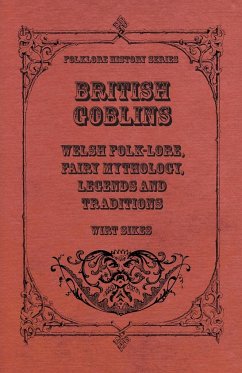A little-known lecture by Lévi-Strauss is the inspiration for this work. In this lecture, he intuitively suggested that in medieval Europe there once existed a set of myths, centred on the grail, which are structurally the opposite of the goatsucker myths that he famously analyzed in his mythologiques series. This work uses Lévi-Strauss' inspirational lecture as a launchpad for an exploration of a group of related medieval Welsh myths, two of which have been briefly considered previously by Lévi-Strauss himself. The root of the methodological approach this book employs throughout is the Structuralism of Claude Lévi-Strauss; however, it has been modified to incorporate the suggestions of later neo-Structuralists. This analysis tool is applied to a group of myths, which have become conveniently--if somewhat erroneously--known as the Mabinogion. The name Mabinogion appears as part of a colophon at the end of one of the myth of Pwyll and it was later adopted first by Pugh (1835), and then by Lady Charlotte Guest (1838) as a title for their now famous translations of Welsh mythology. Consequently, the title has stuck to describe the material that is contained within their translations and, while it is a somewhat inaccurate way to describe the myths, it has the virtues of being both a succinct and widely recognised signifier. The term has come to signify eight myths, or perhaps more accurately eight groups of myths, which are all present in the late fourteenth-century manuscript Llyfr Coch Hergest (The Red Book of Hergest), and all but one of which can be found in the slightly earlier Llyfr Gwyn Rhydderch (The White Book of Rhydderch). As such, the Mabinogion is the key collection of medieval Welsh mythology and an important source for early Arthurian material. Although Structuralism and the Mabinogion have attracted a good deal of attention from the academic world, there has been never been a sustained attempt to follow Levi-Strauss' intuitive insights with a methodical Structuralist analysis of this material. In the year of Lévi-Strauss' centenary celebrations, this work is the first sustained attempt to follow his intuitive suggestions about several Mabinogion myths with a detailed Structuralist analysis of the Mabinogion. This work is therefore a unique anthropological presentation and analysis of the Mabinogion, which argues for a radical, new interpretation of these myths in light of the existence of a central system of interlocking symbols that has the Grail at its heart. Through the analysis, the book reveals a logical organizational principle that underlies a body of material that has previously been viewed as disparate and confusing. This underlying structure is demonstrated to be, as Lévi-Strauss suggested it may, the opposite of that which Lévi-Strauss himself uncovered in the Americas. The revelation of this new form of underlying structure leads to a rethinking of some important aspects of Structuralism, including the Canonical formula, at the same time as acting as a tribute to the farsightedness of Lévi-Strauss. This book makes important contributions to the fields of Arthurian studies, anthropology, Celtic studies, cultural studies, medieval studies, mythology and religious studies.
Hinweis: Dieser Artikel kann nur an eine deutsche Lieferadresse ausgeliefert werden.
Hinweis: Dieser Artikel kann nur an eine deutsche Lieferadresse ausgeliefert werden.

